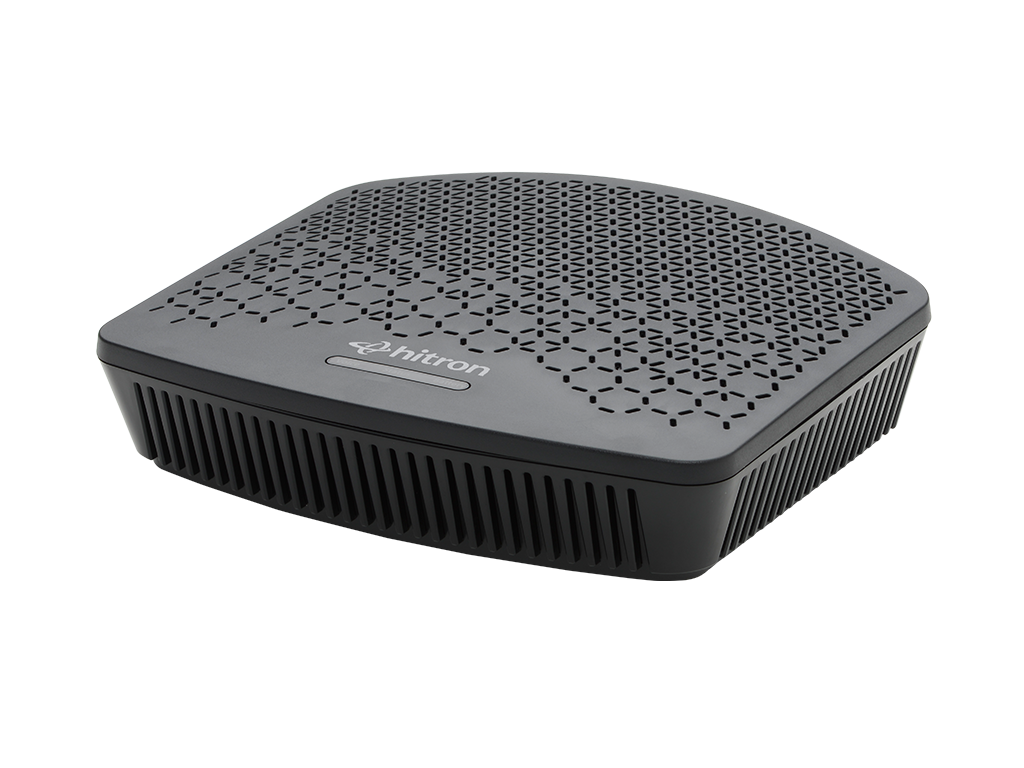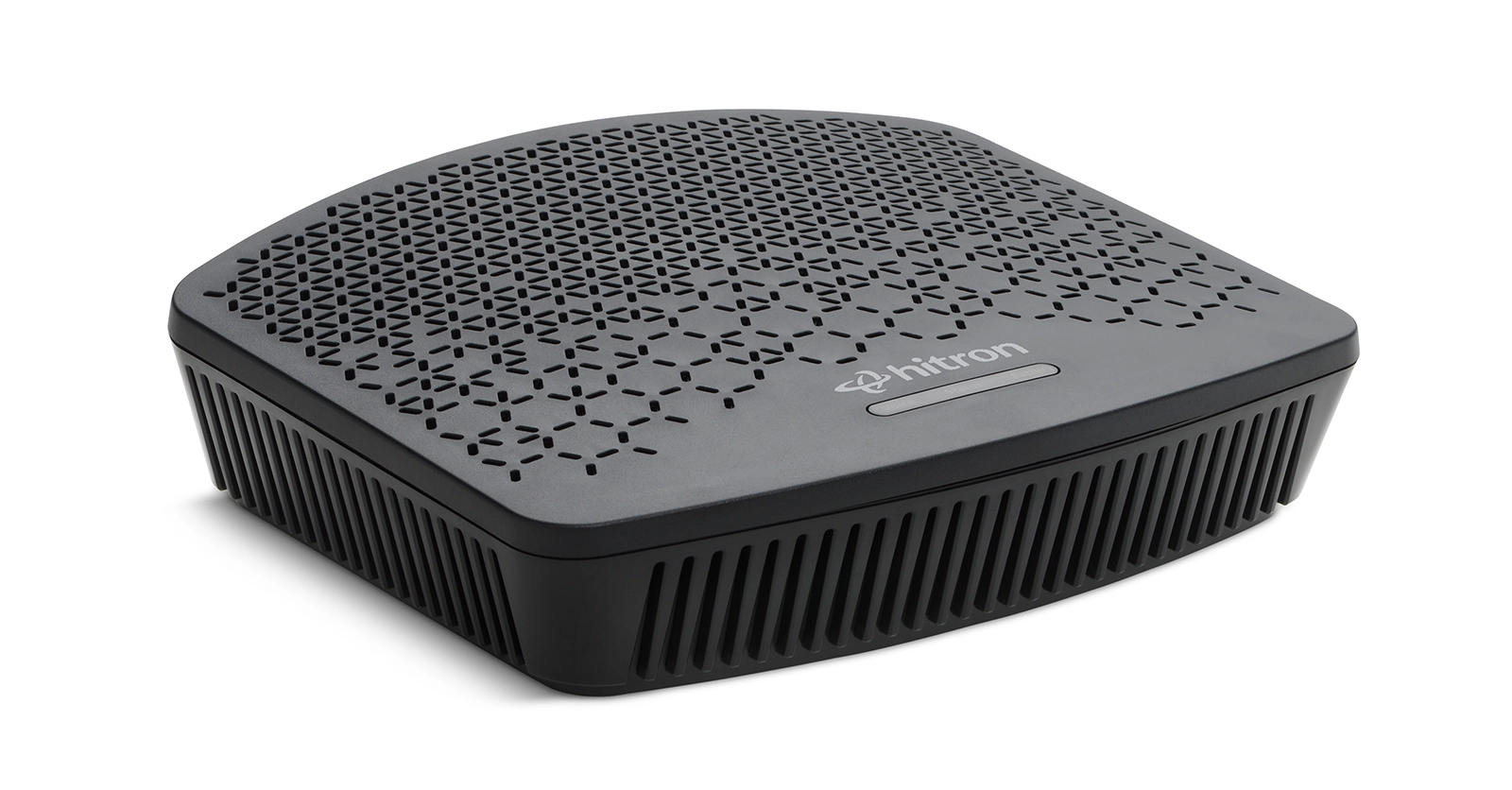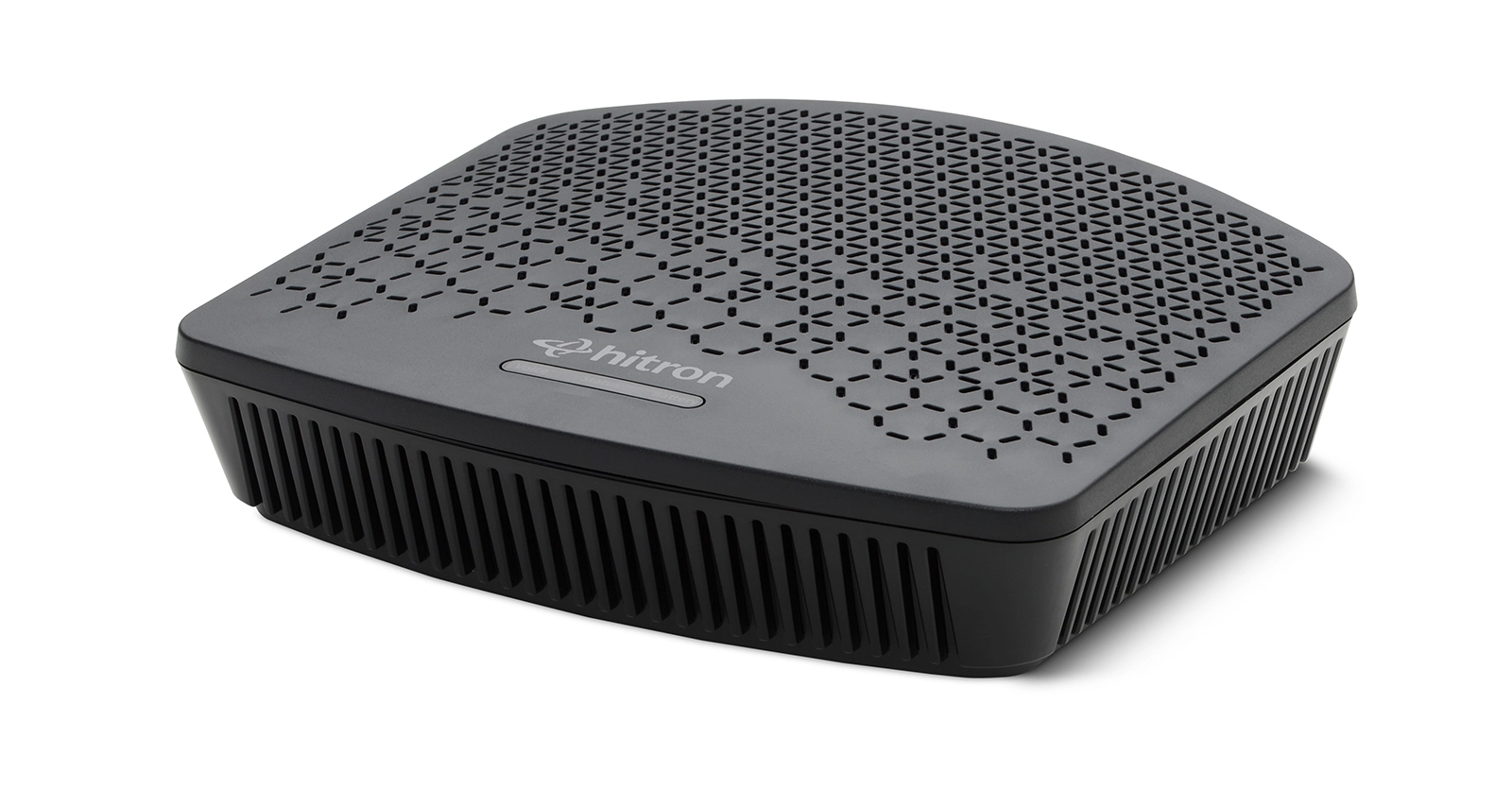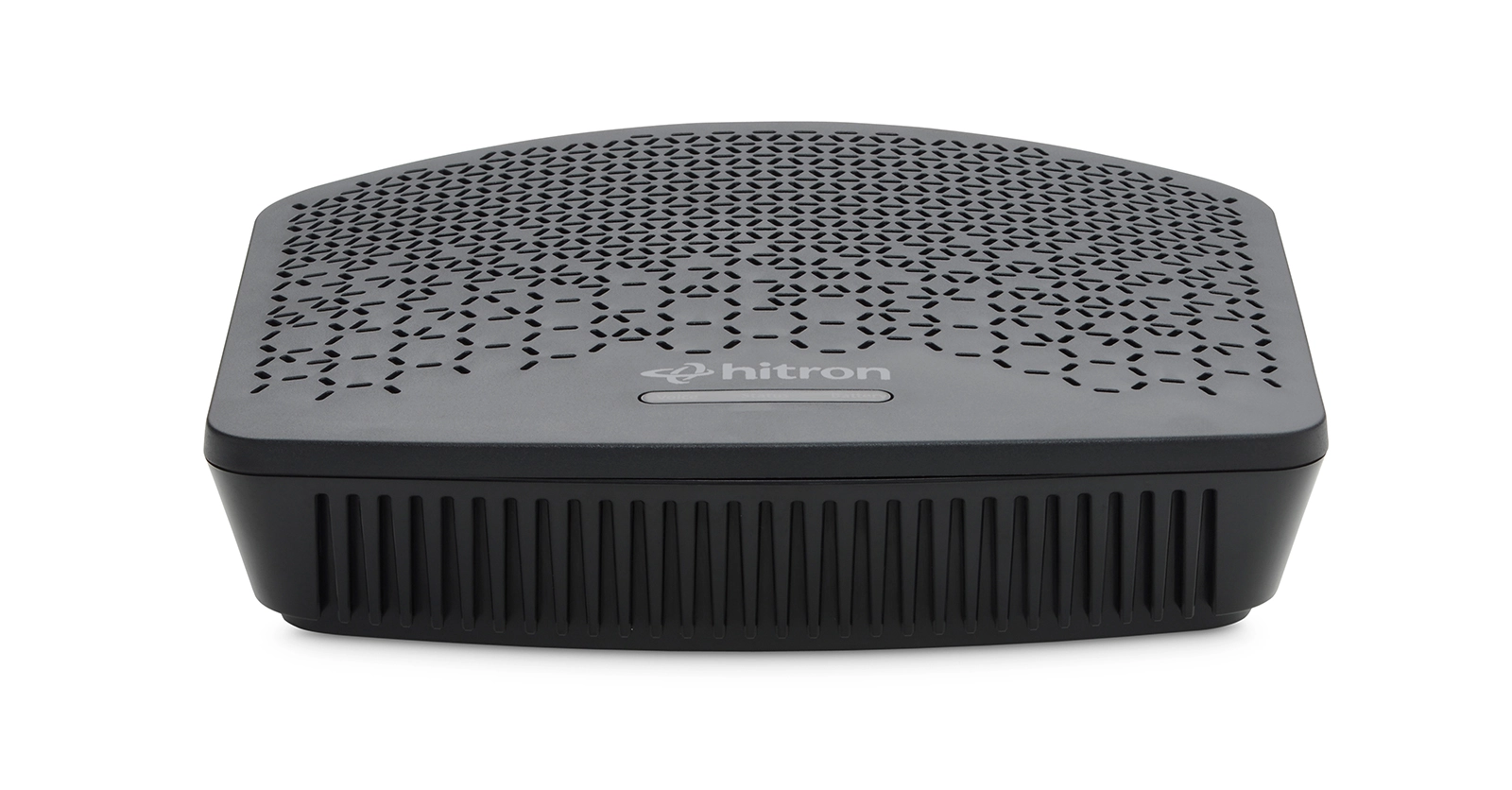10G Symmetrical Fiber Access
Supports ITU-T G.987.2 XG-PON and ITU-T G.9807.1 XGS-PON, enabling operators to deploy the right solution for their network.
Multi-Gigabit Ethernet Options
Includes one 1/2.5/5/10GBASE-T port and one Gigabit Ethernet port for versatile connectivity to subscriber devices.
Advanced Traffic Management
Supports VLAN tagging and stripping, QinQ, QoS functions, per-flow packet policing, and traffic shaping to ensure high-performance service delivery.
Layer 2 Switching
Handles up to 4K MAC addresses with jumbo frame support up to 12 KB, providing flexibility for residential or SMB deployments.
Extensive Operator Control
Managed via web-based GUI, TR-069, TR-369, TR-143, TR-181, OMCI (G.988), and IEEE 802.3ah OAM for simplified provisioning and lifecycle management.
Benefits for Service Providers
- Service Flexibility – Support for both XG-PON and XGS-PON gives operators maximum deployment flexibility.
- Future-Ready Speeds – Up to 10 Gbps symmetrical bandwidth ensures operators can meet current and future broadband demands.
- Operational Efficiency – Standards-based management (TR-069, TR-143, TR-181, TR-369, OMCI) simplifies provisioning, monitoring, and support.
- Enhanced Subscriber Experience – Robust QoS, security, and traffic shaping ensure consistent high performance for advanced applications.
- Compact and Reliable Design – Small form factor, low power consumption, and extensive regulatory compliance ensure reliable field performance.
Key Specifications
- Optical Interface: 1x SC/APC 10G xPON port (XG-PON ITU-T G.987.2, XGS-PON ITU-T G.9807.1)
- Ethernet Interfaces: 1x 1/2.5/5/10GBASE-T port, 1x 1G RJ-45 port
- Advanced Features: QoS, IPv4/IPv6 dual stack, VLAN, QinQ, jumbo frames up to 12 KB
- Management: IEEE 802.3ah OAM, TR-069, TR-369, TR-181, TR-143, web-based GUI
Documentation
A Complete Portfolio of Fiber ONT/ONUs
Products
Access Technology
EPON
XG-PON
XGS-GPON
XG-PON
XGS-GPON
EPON
XG-PON
XGS-GPON
XG-PON
XGS-GPON
EPON
XG-PON
XGS-GPON
XG-PON
XGS-GPON
EPON
XG-PON
XGS-GPON
XG-PON
XGS-GPON
XG-PON
XGS-GPON
XGS-GPON
Data Range
10G/10G
10G/10G
10G/10G
10G/2.5G
10G/10G
Ethernet Interfaces: (1G/2.5G/5G/10G)
One 1G/2.5G/5G/10G
One 1G/2.5G/5G/10G
One 10/100/1000
One 10/100/1000
One 1G/2.5G/5G/10G
One 10/100/1000
One 10/100/1000
Eight 2.5G
One 1G/2.5G/5G/10G
One 10/100/1000
One 10/100/1000
DOCSIS DPoE 2.0
YES
YES
YES
YES
---
Voice
---
---
Two RJ-11 FXS ports
Eight RJ-11 FXS ports
---




